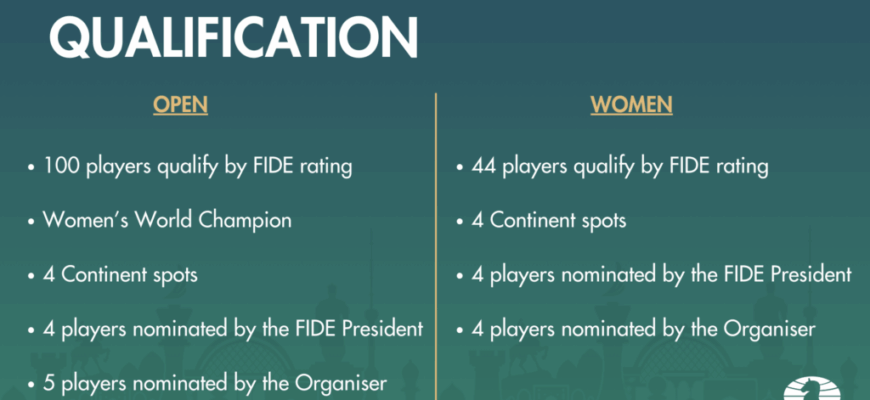The World Chess Federation signals a shift towards modernity, welcoming denim into the hallowed halls of professional chess tournaments.
For centuries, the game of chess has been synonymous with intellectual rigor, strategic depth, and, often, a certain sartorial formality. Grandmasters, locked in battles of wits, have traditionally adorned themselves in attire reflecting the gravitas of their pursuit. The sharp suits, tailored dresses, and polished shoes were as much a part of the tournament aesthetic as the silent tension permeating the playing hall. However, FIDE, the International Chess Federation, has just made a move that suggests even the most established traditions are open to strategic re-evaluation: they`re letting jeans onto the chessboard.
- The Evolution of Elegance: From Stiff Collars to Smart Denim
- Why the Change? A Strategic Push for Comfort and Inclusivity
- FIDE`s Perspective: A Balance of Tradition and Progress
- The Detailed Wardrobe Blueprint: What`s In, What`s Still Out (Mostly)
- For Men:
- For Women:
- Beyond the Fabric: The Broader Implications
The Evolution of Elegance: From Stiff Collars to Smart Denim
The recent announcement regarding the dress code for the FIDE Grand Swiss and FIDE Women’s Grand Swiss tournaments marks a significant departure from long-standing conventions. While the core principle of maintaining a professional and respectful appearance remains paramount, FIDE has introduced a dose of modernity and practicality. The most notable update? Appropriately styled jeans are now a permissible part of a player`s official tournament wardrobe.
This isn`t a carte blanche for any denim off the rack, mind you. FIDE`s guidelines are precise, as one might expect from an organization governing a game of exact calculations. Only classic, non-distressed jeans in dark blue, black, or grey are acceptable. So, while the spirit of casual comfort is being embraced, the ripped knees and faded patches will thankfully remain relegated to casual Fridays, not Grand Swiss Saturdays.
Why the Change? A Strategic Push for Comfort and Inclusivity
The rationale behind this shift is as clear as a well-executed checkmate: comfort and freedom of choice. Professional chess tournaments are grueling affairs, often stretching for hours on end, demanding immense concentration and physical endurance. A small adjustment like allowing comfortable, yet still presentable, attire can potentially alleviate minor distractions and allow players to focus entirely on the 64 squares before them. After all, it`s hard to plot a brilliant endgame when your suit jacket is constricting your every move.
Beyond comfort, FIDE aims for a more modern and inclusive approach. In a world where dress codes are generally becoming more relaxed, rigid adherence to outdated norms can inadvertently create barriers. By embracing contemporary business casual attire, FIDE signals its openness to a broader demographic, potentially making the sport appear more accessible and less intimidating to a new generation of players and fans. The move subtly suggests that excellence in chess isn`t contingent upon a specific brand of formal wear, but rather on the intellect it requires.
FIDE`s Perspective: A Balance of Tradition and Progress
FIDE President Arkady Dvorkovich encapsulated the spirit of this update succinctly:
“With this update, FIDE reaffirms its commitment to both tradition and progress — creating an environment where players feel comfortable and confident, while the game continues to shine on the world stage.”
This statement highlights the delicate balancing act FIDE is performing. The organization isn`t discarding tradition entirely; instead, it`s carefully integrating progressive elements. The goal is to evolve without sacrificing the inherent dignity and prestige associated with professional chess. It’s a pragmatic evolution rather than a revolution, ensuring the “shining” aspect of the game remains untarnished.
The Detailed Wardrobe Blueprint: What`s In, What`s Still Out (Mostly)
For those planning their tournament outfits, here’s a breakdown of the updated guidelines:
For Men:
- Suit: Still a solid, dignified choice.
- Dark business casual trousers: This now explicitly includes classic, non-distressed jeans in blue, black, and grey.
- Unicoloured shirt: Minor deviations like subtle checkered or striped patterns are now permitted.
- Dress shoes and loafers: Closed toes remain a requirement.
- Unicoloured sneakers: Yes, even sneakers, provided their soles are a different colour (a practical nod to modern footwear aesthetics).
For Women:
- Skirt suit, pantsuit, dress suit: Timeless and elegant options.
- Dress: A classic choice for professional settings.
- Dark business casual trousers: Also now includes classic, non-distressed jeans in dark blue, black, and grey.
- Shirt/blouse: Essential for a polished look.
- Dress shoes and loafers: Closed toes, as with men.
- Unicoloured sneakers: Allowed, with the same sole flexibility as men`s options.
Noticeably, open-toed footwear and overtly casual items like shorts, t-shirts (unless underneath a jacket), or overtly branded sportswear are still excluded. The focus remains on maintaining a sophisticated, business-appropriate aesthetic, just with a little more wiggle room for personal expression and, crucially, comfort.
Beyond the Fabric: The Broader Implications
This seemingly minor adjustment to a dress code could have subtle but significant ripple effects. Will it lead to more relaxed atmospheres at tournaments? Will it attract sponsorship from fashion brands keen to align with modern, intellectual pursuits? Or will it simply mean fewer fidgeting players, allowing their minds to truly soar unimpeded by an itchy collar?
Whatever the broader impact, FIDE`s decision is a clear indicator of an organization that, while respecting its profound history, is unafraid to adapt and innovate. By blending the hallowed traditions of chess with the practicalities of modern life, FIDE ensures that the game remains not just a test of intellect, but also a sport that moves forward with its times, one well-chosen, non-distressed pair of jeans at a time.








